 Review by:Anjum Naim
Review by:Anjum NaimAfghan ruler, Ahmad Shah Abdali's fourth incursion into India on January 23, 1757 brought a message of destruction and devastation of Delhi. Plunder of this walled city, popularly known as Shahjahanabad was tremendous loss of not only lives and properties, it was, rather a ravage of a culture and civilization, which changed the course of Indo - Islamic history. The epoch reference of novella "The Story - Tellers Tale" launched at American Center , New Derlhi on March 25 , 2009, written by Umair Ahmad, who obtained his master's degree in International Relations from Syracuse University, New York,2001-2003, is the same ruined and plundered India of 18th century. Its witness is a story - teller, who was not present in Delhi at the time of its destruction and when he returns back to his city, he finds no shelter. The broken-hearted story - teller, however finds a roof over his head in a protected beautiful mansion situated outside the city, wherein he meets the main character of the novella, Begum, who is living a secluded life with her servants, because her husband is away these days, perhaps to get his share in the bounty. Begum making out the caliber of the story - teller's art decides to have a competition of story - telling with him. Both of them would tell a story to each other, no matter whether it is a story of one's own suffering or a tale of other people. Albeit there is a condition that the stories would reflect the temperaments of both of them. The competition begins and takes its own time. Both of them narrate four stories. Meanwhile, a new story takes place. It is a love story of Begum with the story - teller. Begum's sentiments are intense while the story - teller seems to refrain from it as he is in the know of sufferings of love. And in this way, their stories become the expression of their failed love affair. Though, characters of each story are quite different, but they depict our familiar pictures in present perspective. The excellence of story is it tells us, in today's diction how love expands the balance of political power, and how the latter influence love.
Basically, the main reference of this story is the very violence, which is evident in almost every scenario crossing the limits of time and space. The story teller could never get rid of this central theme and tries to present it everywhere, whatever the form may be. It seems that different forms of violence are colliding with each other in the mind of the story – teller. Umair says, "We are unable to ignore this fact because violence and violent tendency are affecting all of us in one form or the other. It has become the central reference of lives of people like us."
A common reader may think if we are discussing our familiar issues, why then they are being written in the form of a story ( Dastaan) or the traditional form of story – telling? Umair gives a very simple answer, "I really did not think about the audience, I was only exploring old ideas of pain in various fables, myths and stories I had heard as a child."
But he also accepts that the form of story – telling (Dastaan goi) is a very interesting and a very impressive means of communication. No other form could express our feelings in such an impressive way. "You can conjecture it by the efficacy of parables of Bible and Quranic stories. Moreover stories heard in childhood also become a part of our psyche," says Umair.
He says that he used to participate in traditional story – telling programmes during his student – life in the U. S. he was very impressed with tall tales.
Tall tales are exaggerated and imaginary stories from the 1800s. They were made – up to tell about the courage many had while exploring and adventuring to the "WILD, WILD, WEST". These stories entertained people around campfires on steamboats, and many other places.
While writing the novel, he took care of this American tradition. He further says that “Urdu and Persian stories, which were read in his family and epic of Mahabharata, are the parts of his literary taste. That is why I felt no difficulty in expressing my thoughts in this form.” It is worth mentioning that fictional elements of all the four stories presented in the novella are based on Panch Tantra (an anthology of Indian stories, parables of Bible and Quranic allusions.
Umair has been, basically, an active journalist, affiliated with Outlook magazine and VOA, and political analyst. He has written many stories on lives of common people living in towns and villages of India. These stories got published under the title of 'sense terror' by Pages Editor, Catalonia 2008. His novel 'Encounters published by Tara Press, New Delhi , 2007' depicting the growing rigidity in a section of Muslims, the novella in hand and all of his writings make the issue of extremism in words and deeds, their subject matter. In a nutshell it is the subject matter that matters and not the mere form"

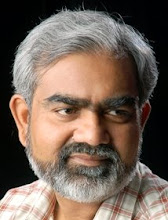


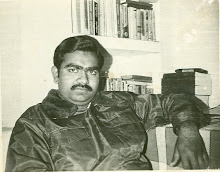


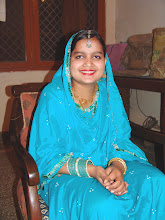

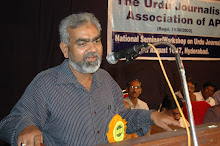



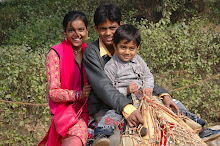



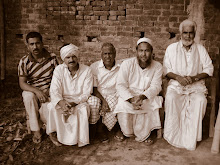


No comments:
Post a Comment